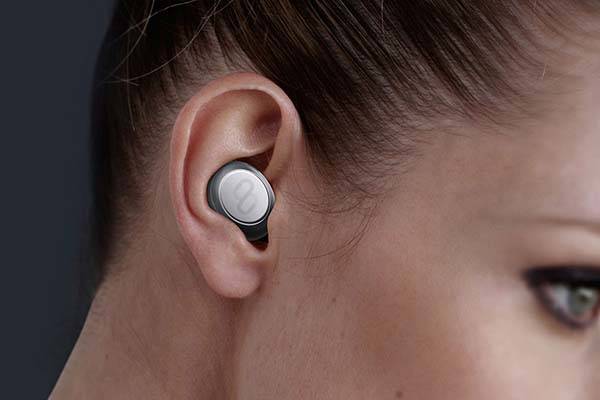


ZDNet’s recommendations are based on many hours of testing, research, and comparison shopping. It is much more difficult to do when installed in an earbud.‘ZDNet Recommends’ What exactly does that mean? Updating a model is easy on their own cloud servers. Even if a powerful enough processor with enough memory could be squeezed in to the earbuds, the complex computer processing would deplete the earbud batteries in a couple of seconds.įurthermore, companies with these kind of products (Google, iFlytek and IBM) rely on continuous improvement to correct, refine and improve their translation models. And it is necessary – firstly, because the processor in the earbuds is not powerful enough to do translation by itself, and secondly because their memory storage is insufficient to contain the language and acoustics models. This might seem like a lot of stages of communication, but it takes just seconds to happen. This is sent back in the reverse direction to be replayed through the earbuds.
TRANSLATION EAR BUDS SOFTWARE
The output of this will finally be sent to TTS software for English, producing a compressed recording of the output. The speech will then be passed to an ASR system for Chinese, then to an NLP machine translator setup to map from Chinese to English. Google’s servers, operating as a cloud, will accept the recording, decompress it, and use LID technology to determine whether the speech is in Chinese or in English. It is then compressed to occupy a much smaller amount of data, then conveyed over WiFi, 3G or 4G to Google’s speech servers.

TRANSLATION EAR BUDS BLUETOOTH
Background noise can be partially removed within the earbuds themselves, or once the recording has been transferred by Bluetooth to a smartphone. Once ready to translate, the earbuds first record an utterance, using a VAD to identify when the speech starts and ends. So now we have the five blocks of technology in the chain, let’s see how the system would work in practice to translate between languages such as Chinese and English. More modern systems use complex statistical speech models to recreate a natural sounding voice. Older systems used additive synthesis, which effectively meant joining together lots of short recordings of someone speaking different phonemes into the correct sequence. Speech synthesis or text-to-speech (TTS): almost the opposite of ASR, this synthesises natural sounding speech from a string of words (or phonetic information). This is not as simple as substituting nouns and verbs, but includes decoding the meaning of the input speech, and then re-encoding that meaning as output speech in a different language - with all the nuances and complexities that make second languages so hard for us to learn. Natural language processing: NLP performs machine translation from one language to another. By using the rules of spoken grammar, context, probability and a pronunciation dictionary, ASR systems fill in gaps of missing information and correct mistakenly recognised phonemes to infer a textual representation of what the speaker said. For language identification, phonetic characteristics alone are insufficient to distinguish languages (languages pairs like Ukrainian and Russian, Urdu and Hindi are virtually identical in their units of sound, or “phonemes”), so completely new acoustic representations had to be developed.Īutomatic speech recognition (ASR): ASR uses an acoustic model to convert the recorded speech into a string of phonemes and then language modelling is used to convert the phonetic information into words. This is important because everything that follows is language specific. Language identification (LID): this system uses machine learning to identify what language is being spoken within a couple of seconds. Touch control is used to improve the VAD accuracy. “ Denoising” removes background sounds while a voice activity detector (VAD) is used to turn the system on only when the correct person is speaking (and not someone standing behind you in a queue saying “OK Google” very loudly). Input conditioning: the earbuds pick up background noise and interference, effectively recording a mixture of the users’ voice and other sounds.


 0 kommentar(er)
0 kommentar(er)
